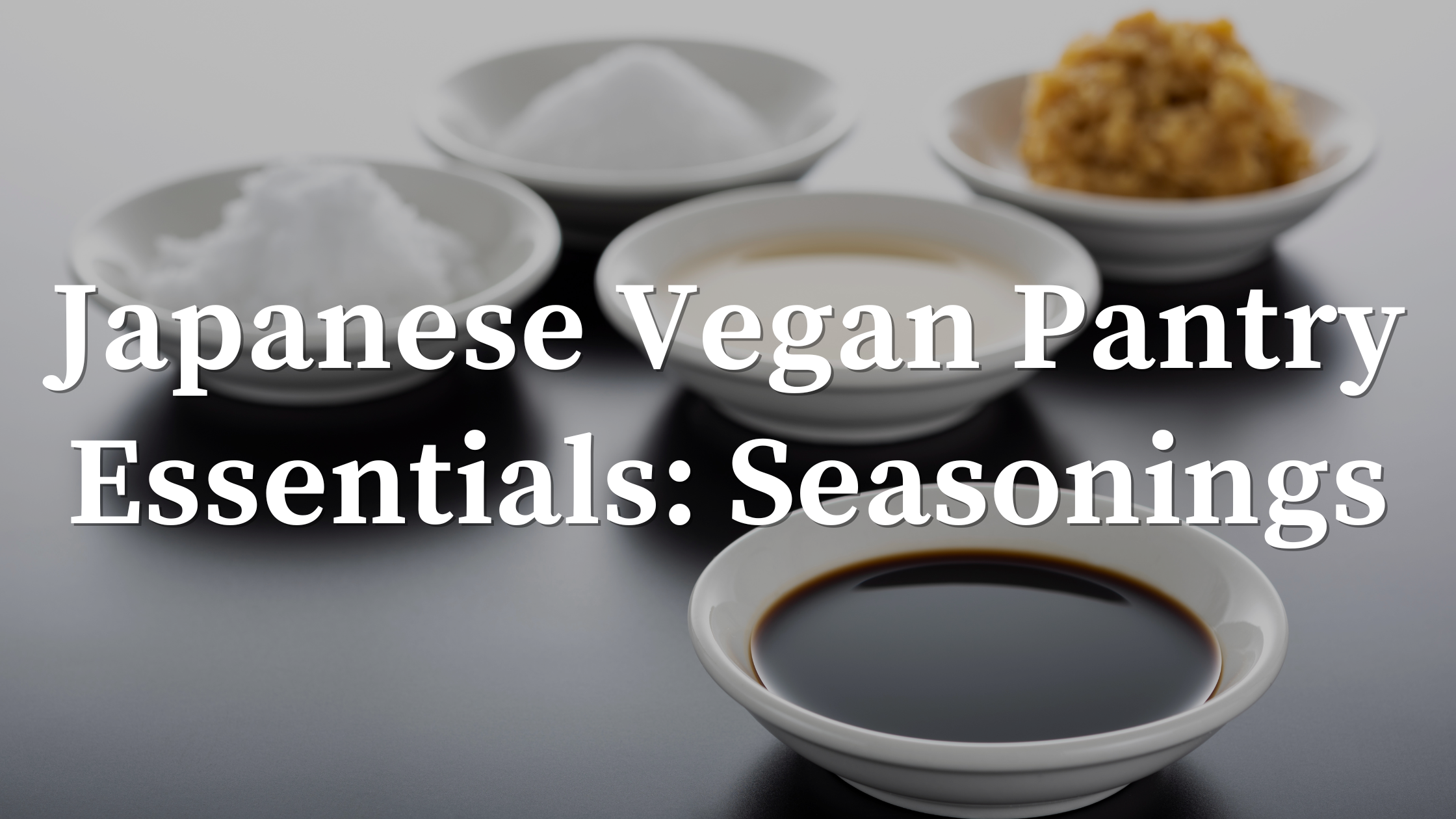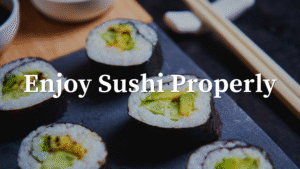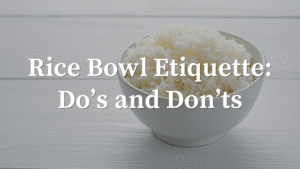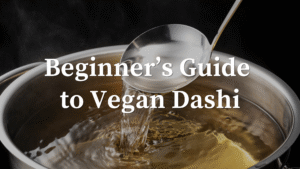Japanese cuisine is built on a balance of flavors — salty, sweet, sour, bitter, and umami. When you’re cooking vegan Japanese food, seasonings are key to creating depth and authenticity. The good news? Many traditional Japanese seasonings are plant-based or have vegan-friendly versions. Here’s a guide to the must-have ingredients to stock in your vegan pantry.
Soy Sauce (Shoyu)
Soy sauce is the heart of Japanese flavor — salty, savory, and full of umami. It’s used in nearly everything: from stir-fries and soups to dipping sauces.
There are actually several types of soy sauce in Japan, such as koikuchi, usukuchi, tamari, and more. Each has its own flavor and use.
(Don’t worry — I’ll cover the differences in another post!)
Vegan tip: Most soy sauces are vegan, but some may contain fish-based ingredients like bonito extract. Always check the label, and go for naturally brewed options when possible.
Recommended: If you’re looking for a high-quality, naturally brewed soy sauce, I personally recommend Yamaroku’s 4-Year Aged Soy Sauce.
Aged for four years in wooden barrels on a small Japanese island, it’s crafted using traditional methods passed down for generations.The result is a deep, rich umami flavor with natural complexity — perfect for enhancing simple dishes like cold tofu, steamed vegetables, rice bowls, or even vegan sushi.
Plus, it’s certified vegan — the first soy sauce in Japan to receive this recognition!
Miso
Miso is a fermented soybean paste that adds rich, savory depth to soups, marinades, and dressings.
There are different types, like white miso (mild and slightly sweet) and red miso (stronger and saltier), each bringing a different taste to the table.
(I’ll explain how to choose the right type of miso in an upcoming post!)
Vegan tip: Avoid “dashi-iri miso” — some types of miso come with added fish-based stock. Plain miso is usually safe.
Mirin
Mirin is a sweet rice wine used in many Japanese dishes, from teriyaki to simmered vegetables. It adds both sweetness and a beautiful shine to foods.
There are two main types: hon-mirin (authentic fermented mirin) and mirin-style seasoning (cheaper and often contains additives).
For a cleaner taste, choose hon-mirin if you can find it.
Rice Vinegar
Lighter and less acidic than Western vinegar, rice vinegar is great for sushi rice, pickled veggies, and salad dressings.
It adds a gentle tang without overpowering other flavors.
Sake (Cooking Sake)
Sake is often used in cooking to enhance umami and reduce strong odors in ingredients.
While most cooking sake is vegan, some traditional sake may use animal-based clarifying agents — so double-check the label if you’re unsure.
Sesame Oil
Toasted sesame oil adds deep aroma and richness. A little goes a long way — it’s perfect for finishing dishes like noodle bowls, salads, or stir-fries.
Salt
Simple but essential. In Japanese cooking, sea salt or mineral-rich natural salt is often preferred for its mild, rounded flavor.
Final Thoughts
With just these seasonings, you’ll already have a strong foundation for cooking delicious vegan Japanese meals.
Each one plays a unique role, and over time, you’ll learn how to balance them to create your favorite flavors.
In future posts, I’ll be diving deeper into specific ingredients — including a full breakdown of soy sauce types, miso varieties, and other pantry staples like kombu, dried shiitake, and more.









